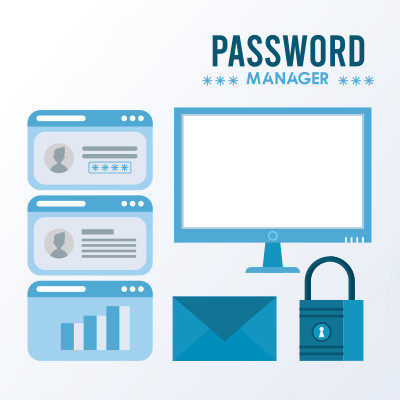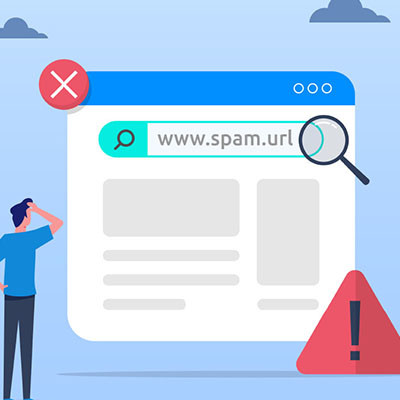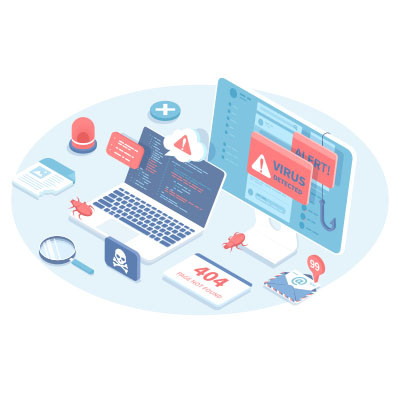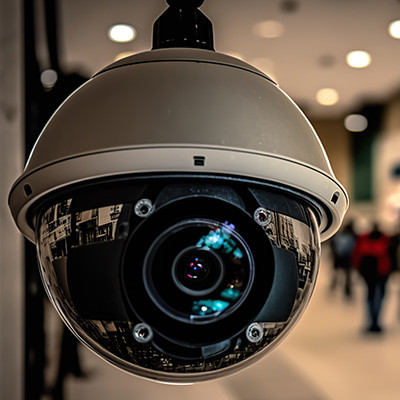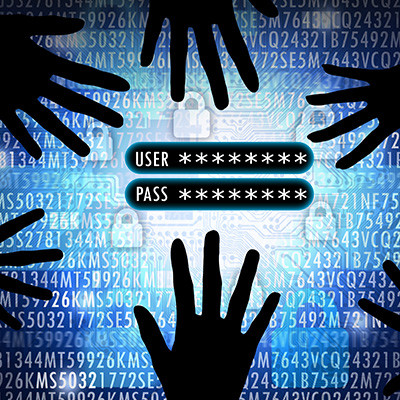SouthBridge Consulting Blog
Maintaining data security is an important consideration, and most people try to do what they must to secure their personal data. They verify emails; they roll out antivirus and antimalware; they take vigilant steps to avoid the myriad of threats and active attacks we all deal with from one day to the next.
In this blog, we do our best to give people the knowledge they need to protect themselves and their organizations while operating online. With all the digital tools that we all have come to rely on, it’s important to understand the result of a data breach on organizations and their customers. In today’s blog, we go through six of the most devastating data breaches that happened in 2023.
It doesn’t matter who you are; your age, your occupation, your employment status, your station in life—you need to make 2024 the year you get your cybersecurity hygiene in check. What we’re going to talk about today isn’t overkill, overly complicated, or expensive. This isn’t us trying to sell you on something. In fact, this is probably the easiest New Year's Resolution you can give yourself.
First, let me start with a really quick story.
We often advise people to steer clear of clicking on suspicious links, but distinguishing between a legitimate URL and a dubious one has become increasingly challenging. Not only have malicious tactics evolved to the point where everyone has to stay on top of their game to not be fooled, these threats are almost pervasive so they are coming at people from all types of directions. We thought we would focus on a single punctuation mark that can make all the difference in whether a link is legitimately safe or potentially dangerous.
2023 was definitely the year that AI became a household name. We’ve barely seen what artificial intelligence is capable of, and while industries are still coming up with more ways to use the technology, we’ve already seen countless examples of how people want to take advantage of AI for less savory purposes. 2024 is already shaping up to be the year that businesses need to protect themselves from AI-generated cybersecurity threats. Let’s take a look at everything you need to know as a business owner.
While most of us know that Santa Claus lives at the North Pole, fewer know that he’s specifically built his big, rambling castle in the Laughing Valley. It is there that he and his workforce, the elves, sprites, pixies, and fairies that help him make his toys all live, all working hard to give the children of the world their presents each year.
Of course, as magical as Santa and his team may be, it isn’t unheard of for them to need a little help every once in a while.
I hate to be the bearer of bad news, but when it comes to cybersecurity threats it’s kind of hard not to be. I used to look at it from two sides; one side is fascinated at the innovation and intensely brutal ways that high-end cyberattacks work, and the other side of me loses sleep at night worrying about these risks affecting our clients, prospects, and even my own business. This one particular classification of cyberattack, however, takes the cake for being especially frightening.
As the threat landscape gets more concentrated with serious cyberthreats, new next-generation firewalls (NGFWs) have been developed to help stem the tide of negative outcomes that result from cyberattacks. An NGFW is an advanced network security device or software solution that combines traditional firewall capabilities with additional features and functionalities designed to provide enhanced protection and visibility into network traffic. NGFWs are designed to address the evolving and sophisticated nature of cyberthreats, including malware, intrusion attempts, and other malicious activities.
Maintaining network security has proven to be more difficult for organizations as time has gone on. Like the people trying to keep them out of networks they don’t have access to, hackers are increasingly using artificial intelligence (AI) to enhance their cyberattacks and achieve various malicious objectives. Here are some ways in which hackers are using AI.
Passwords are one of the most important parts of keeping any account secure, and if you were to gain access to these accounts, you’d have access to personal data, subscriptions, money, and even the victim’s identity. Today, we want to show you just how easy it is to steal a password and gain access to an account.
We have not been shy about expounding upon the benefits of the cloud for businesses, as these benefits are both considerable and accessible. That being said, not even the cloud is completely perfect, and there are security errors that can easily be made.
Let’s go through these security errors to see if any sound familiar to your situation.
When it comes to security, it can be challenging to keep up with shifting best practices. For instance, the use of a virtual private network has long been a staple to secure remote operations, and any decent IT service provider would recommend its use. However, this advice is changing with the growth of zero-trust access protocols.
Cybersecurity is important. Scroll through a few pages of our blog and you’ll see article after article talking about threats and ways to make yourself and your business less vulnerable to cyberthreats. As an IT professional, however, I’d be so much happier if the state of the world didn’t require such a massive effort just to protect oneself and we could just talk about cool stuff you can do with modern technology all the time!
But alas, strong cybersecurity is crucial to virtually any organization, and it’s becoming even more important by the month.
When I was a kid, there was a Tex Avery cartoon where Droopy Dog was chasing down a crook who escaped from jail. There was a particular scene where the crook (I think it was a wolf in a black-and-white striped jumpsuit) takes a bus, a plane, a ship, and a taxi to a secluded cabin, and then closes a series of increasingly complex doors with a large number of locks, in order to hide away from the pursuing cartoon basset hound.
Of course, when he turns around, exhausted by all the effort he puts in, he realizes that Droopy is standing right behind him, and greets him with a monotone “hello.”
I haven’t seen this cartoon since I was 7 years old, but I almost always think about it when I am using multi-factor authentication.
When it comes to valuable data, hackers will go out of their way to try and steal it, placing businesses in dangerous situations. In particular, healthcare data is attractive to hackers, and considering how lucrative the prospect of healthcare data is, companies need to take extra precautions to protect it. But what is it about healthcare data that makes it so attractive, anyway? Let’s dig into the consequences of potential attacks on healthcare data.
The threats for businesses to get hacked or deal with data breaches of some type are more pressing now than at any other time in the digital age. It’s as if there are thousands of cat burglars on the prowl looking for a way into your business. If one of them is successful, it can bring some severe consequences for your business including financial loss, reputational damage, and even legal issues. In this week’s blog we will go through some of the actions you need to take in the case of a network breach.



